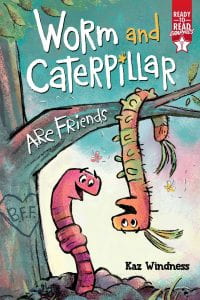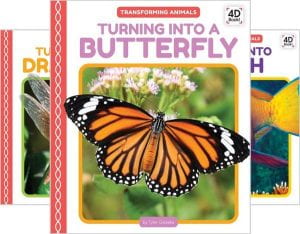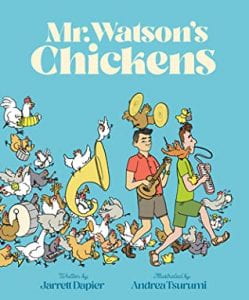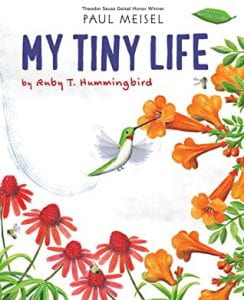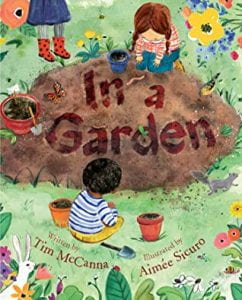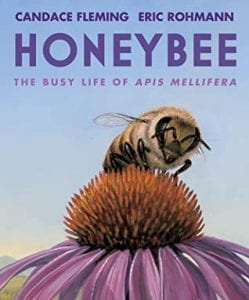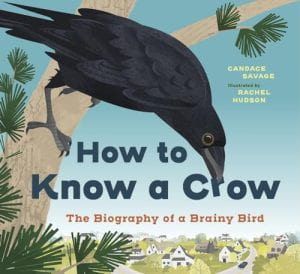 Savage, Candace. How to Know a Crow: The Biography of a Brainy Bird. Illustrated by Rachel Hudson. Greystone Kids, 2024. 978-1-771-64916-2. 105 p. $21.95. Grades 4-7.
Savage, Candace. How to Know a Crow: The Biography of a Brainy Bird. Illustrated by Rachel Hudson. Greystone Kids, 2024. 978-1-771-64916-2. 105 p. $21.95. Grades 4-7.
In this narrative nonfiction title, readers have the opportunity to follow the entire life cycle of a crow, Oki, as he hatches and grows into a mature adult. Along the way, Savage uses this linear narration to incorporate a huge amount of knowledge about the American Crow, including its evolutionary origins, its communal behaviors, and its deadly viral enemies (a big cause of death being the influx of West Nile Virus into North America).
THOUGHTS: Don’t let the picture-book landscape orientation fool you: this is the most in-depth book on crows (and crows’ close relatives) that a reader could ever want! While the cover might lean ‘young’ and looks like it belongs solely on the shelves of an elementary school library, middle school readers who love animals, birds, and nature will be intrigued by the content. Advanced terminology and a high level of detail make this book more appropriate for any advanced, interested middle grade reader than a lower elementary school student. The book is written in a mix of narrative and factual, informative style. The pages contain inviting and educational illustrations. The language, at points, is poetic and filled with imagery. The final pages include an index, resource list, and a detailed glossary making this title a great nonfiction resource for students.
598.8 Perching Birds

